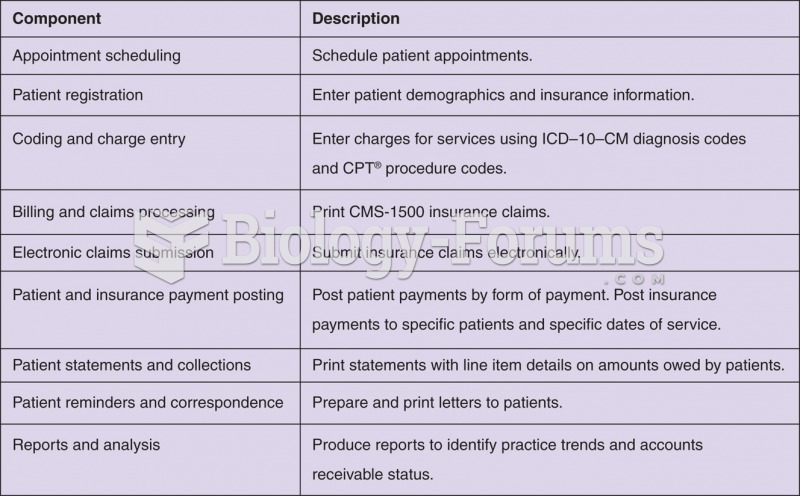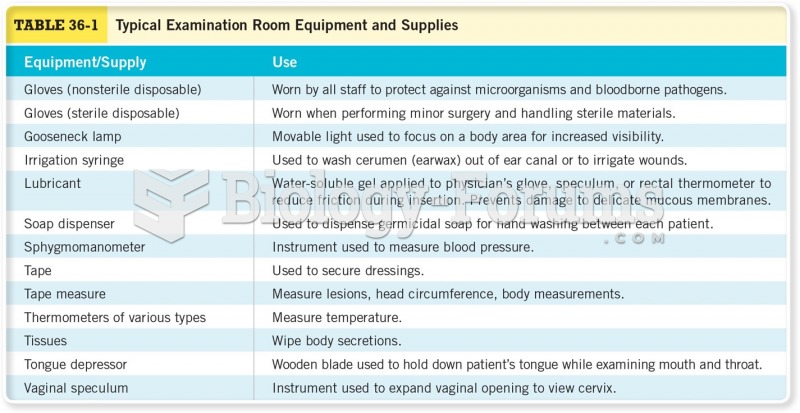Answer to Question 1
One generalization that can be made about autism, as well as the other pervasive developmental disorders, is that no completely effective treatment exists. Attempts to eliminate the social problems experienced by these individuals have not been successful to date. Rather, like the approach to individuals with intellectual disability, most efforts at treating people with pervasive developmental disorders focus on enhancing their communication and daily living skills and on reducing problem behaviors, such as tantrums and self-injury.
The treatment of choice for people with pervasive developmental disorderincluding autism and Asperger's disordercombines various approaches to the many facets of this disorder. For children, most therapy consists of school education with special psychological supports for problems with communication and socialization. Behavioral approaches have been most clearly documented as benefiting children in this area. Pharmacological treatments can help some of them temporarily. Parents also need support because of the great demands and stressors involved in living with and caring for such children. As children with autism grow older, intervention focuses on efforts to integrate them into the community, often with supported living arrangements and work settings. Because the range of abilities of people with autism is so great, however, these efforts differ dramatically. Some people are able to live in their own apartments with only minimal support from family members. Others, with more severe forms of cognitive impairment, require more extensive efforts to support them in their communities.
Answer to Question 2
Inattention, hyperactivity, and impulsivity often cause other problems that appear secondary to ADHD. Academic performance tends to suffer, especially as the child progresses in school. Children with ADHD are likely to be unpopular and rejected by their peers (Nijmeijer et al., 2008). One study found that young girls with ADHD in general were likely to be rejected by peers but that this likelihood was more pronounced in those with hyperactivity, impulsivity, and inattention when compared to girls who had only the inattentive type.







